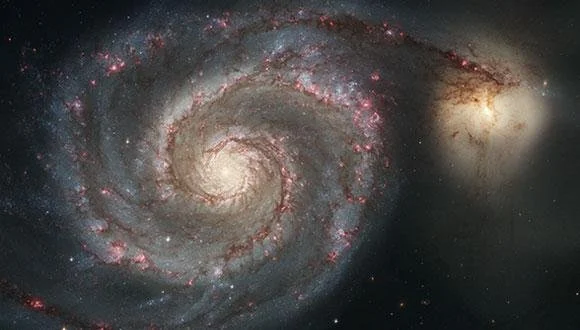
Cosmology Pipeline Analysis
Recently, automated cosmological pipelines like PIPPIN have significantly facilitated running the analysis of SN Ia cosmological samples and estimating forecasts for future SN cosmological experiments, but also Roman itself. We plan to adapt and the PIPPIN pipeline to interface with the Roman infrastructure, and also enhance this algorithm by incorporating additional SN Ia analysis tools like UNITY.
We will validate the full Roman data processing pipeline and cosmological analysis using PIPPIN. We will also create three separate end-to-end validation tests, starting from either catalog-level, imaging-level, or prism-level simulations in order to ensure that input parameters are recoverable.
Enhance cosmology pipeline PIPPIN for rapid Roman forecasting
We plan to enhance the PIPPIN pipeline to fit the needs of the other aspects of the proposal.
One way we will do so is by better incorporating SALT2 retraining, allowing for the UNITY framework.
Additionally, the improved modular nature of this package allows for changes at each stage of the analysis to observe their impact on cosmological constraints and be used for forecast analysis.
Recover input cosmology from catalog-level simulations to within statistical uncertainty
From previous work, we are able to return constraints on ω0 and ωa and can recover input cosmology with biases less than the statistical uncertainty predicted.
Recover input cosmology from image-level simulations to within statistical uncertainty
We will start with the image-level simulations we have built, where the framework will follow conventional analyses of large light-curve samples.
Recover input cosmology from prism-level simulations to within statistical uncertainty
We will start with image-level simulations that we have previously built; where the framework will likely depend on the twins-embedding and probabilistic auto-encoder strategies.

